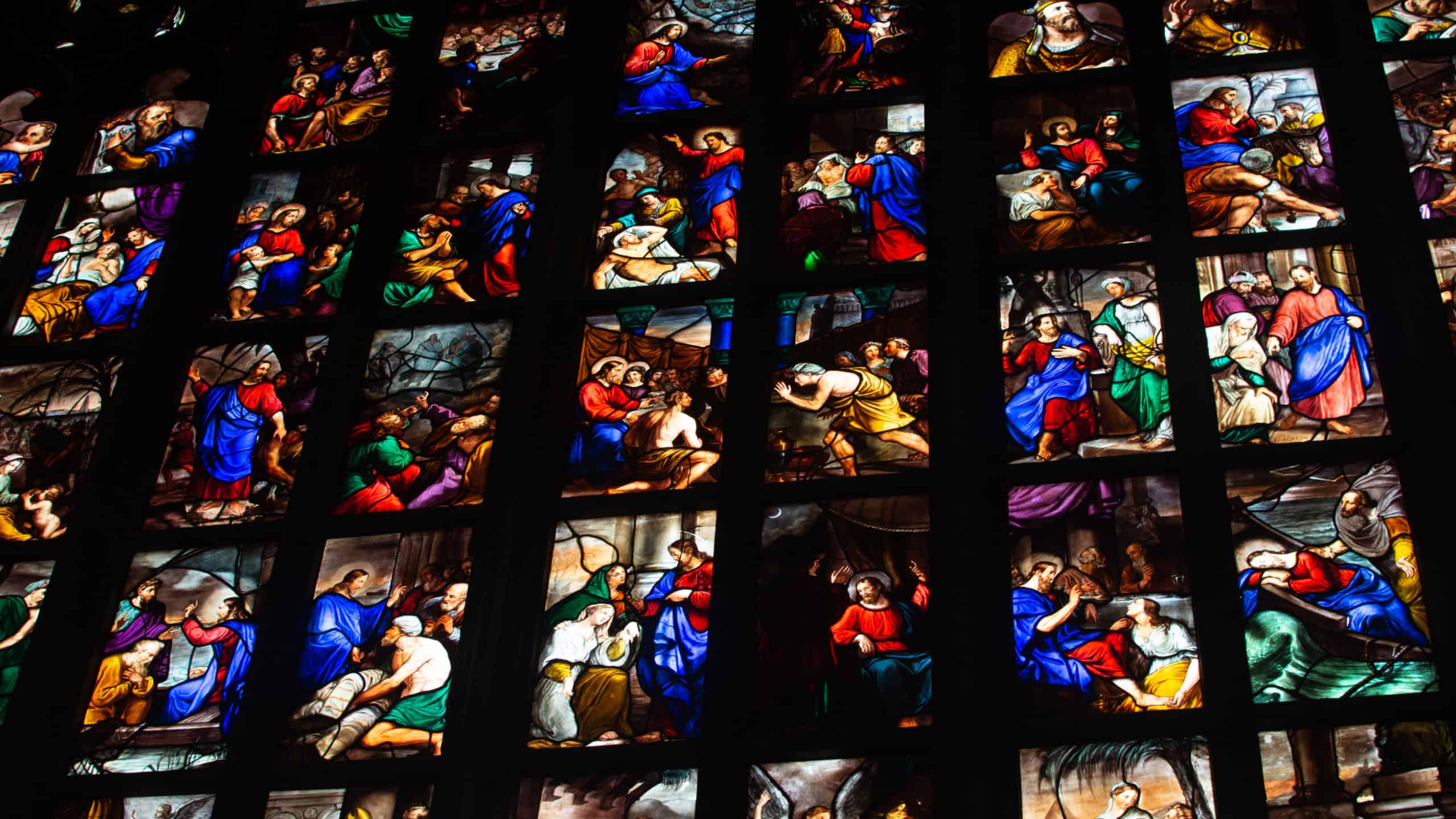Methodism spread across North America alongside both the westward-expanding United States and the steam-powered Industrial Revolution. And as society’s transformation from rural and agrarian to urban and industrial accelerated, people’s lives—including their spiritual longings and religious priorities—were (understandably!) shaken up. Rather than a Christianity that tacitly, or even explicitly, enforced rigid social structures like class, economic status, and ethnic inheritance, increasing numbers of people sought a faith that could transcend such humanmade divisions. From this desire, the Wesleyan Holiness stream of Christianity was born.
The Second Great Awakening: Women in the Holiness Movement & Social Reforms
The Holiness movements of the late 18th and 19th centuries were part of a broader transdenominational Protestant revival in the U.S. that historians eventually came to call the Second Great Awakening—but the impulse at their heart toward Christian perfection was quintessentially Wesleyan. They relied on Methodist circuit riding preachers and adapted an old Scots Presbyterian tradition called “camp meeting” to advance the Holiness revival. (Non-trivial fun fact: The oldest ongoing Christian camp in the U.S. was founded in 1818 by Methodists on the Ohio “frontier.”)
The Holiness movement—like the early Jesus movement—was not top-down but bottom-up, and the shockwaves of its eruption rippled far beyond the Church. Despite societal pressure and historical precedent, leaders of the early movement were women, including Phoebe Palmer, Quaker Hannah Whithall Smith, and Julia Foote. Groups that broke (or were cut) away from the Methodist Episcopal Church through the 1800s were, for the most part, abolitionists and egalitarians who were institutionally marginalized and disempowered for their convictions. But many of these fledgling denominations saw themselves as remaining faithful to John Wesley’s vision, which (in their view) had been distorted or corrupted in the intervening decades. Out of this Wesleyan Holiness tumult sprang new tributaries of faith that, among other things, invigorated the nation’s stumbling steps toward slavery’s abolition (1863) and women’s suffrage (1921).
Expansion of Evangelical Mission Work
As we have seen, Protestants were not as eager as the Roman Church to take on cross-cultural evangelism—until the 19th century, when Holiness zeal fired evangelical mission work both at home and abroad. Railroads and steamships made crossing continents and oceans a matter of days or weeks rather than months, and the telegraph cut communication time to mere minutes or hours. Consequently, the non-Western world seemed suddenly within reach—and reachable for the sake of the gospel. And so Wesleyan Holiness Christians responded by founding, funding, and laboring for new missionary organizations. In fact, a few present-day Wesleyan Holiness denominations began not as split-offs from other affiliations, but as collective missionary-sending efforts.
These and similar gospel-centered collaborations have characterized the wider Wesleyan Holiness stream of Christianity from the beginning. While denominational distinctives are honored and doctrinal differences respected, they have tended to take a back seat to common Spirit-led cause.
Emergence of Pentecostalism
From the spring of 19th-century Holiness renewal also emerged a new expression of the faith: Pentecostalism. In contrast with some Reformed/Calvinist streams of Christianity, Wesleyan Christians believe in a continuation of the spiritual gifts enumerated in the New Testament; for some, this includes charismatic gifts such as speaking in tongues and miraculous healing. In the first decade of the 20th century, a handful of unrelated Holiness communities each began to experience outpourings of the Holy Spirit that manifested in unusual ways. Most famous of these was the Azusa Street Revival that broke out in Los Angeles in 1906 led by William Seymour, who had joined with the Holiness movement before the turn of the century. (Modern Pentecostals/Charismatics consider Azusa Street to be the birthplace of their movement.)
Shifts in Global Christianity and the Impact of Cultural Changes
Through much of the 20th century, affiliation with and investment in Protestant churches grew steadily in the U.S. and increased by orders of magnitude throughout the world. That has remained true for global Christianity well into the 21st century, most dramatically in the global South. Holiness denominations and networks, especially those affiliated with the Pentecostal anointing, continue to experience exponential growth in sub-Saharan Africa, in particular. In the post-Christian West, however, Christianity began to show population decline heading into the new century; church attendance is dropping over time, especially among younger Americans. In fact, the shift in Christianity’s global center of gravity is so profound that churches in Africa and Asia are now sending missionaries to North America and Europe. (Few church leaders could have imagined such a reversal just a century ago!)
It would be impossible to identify all the factors driving seismic cultural shifts in the West—postmodernism! social media! family breakdown!—but at least one outcome seems undeniable: Societal consensus about basic ideals like goodness, truth, and beauty no longer exists. (You do you!) There are both pros and cons to growing pluralism: There is more room in society for people who dissent from the mainstream, but also greater social atomization and unease or even unrest among those whose convictions comfortably align with past consensus. The resulting turbulence is, for many people, a source of alienation, anxiety, or even outrage. But our Holiness heritage urges us to remain trusting and open, in hopeful expectation that Christ’s Spirit will reveal what God is up to and empower us to participate in the ongoing work of “Thy kingdom come.”



